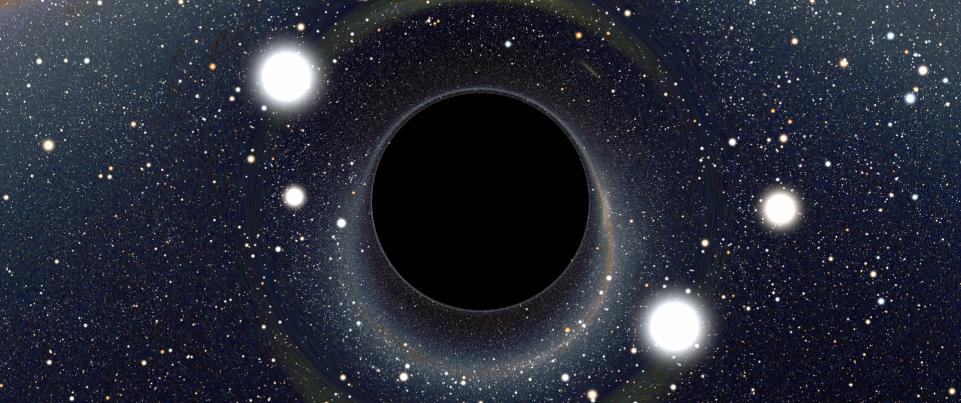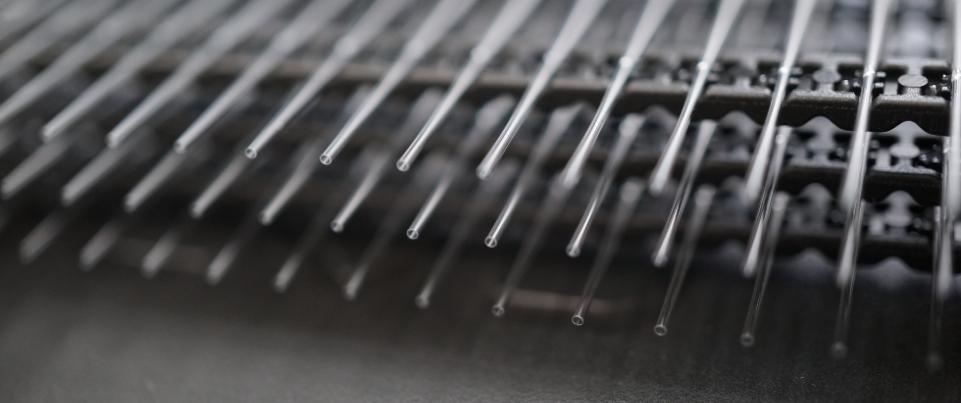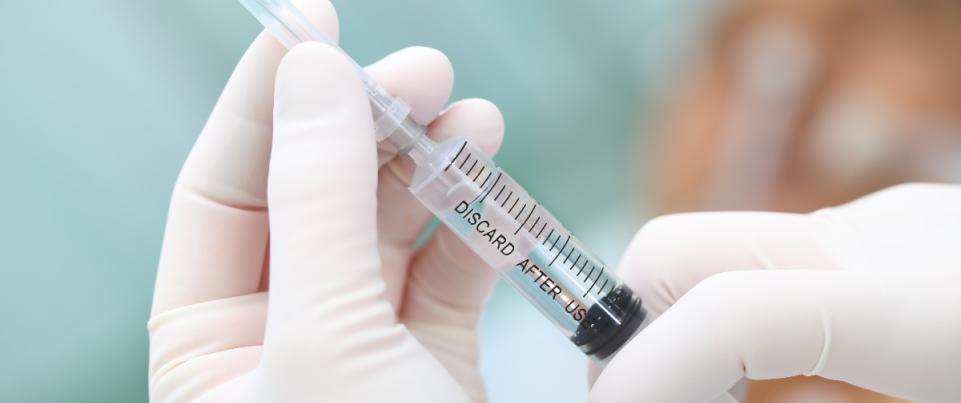Traditionally, medical imaging uses lasers to analyse biological samples, but this can cause damage. Researchers at the Institut Fresnel (AMU/CNRS/Centrale Méditerranée/Institut Carnot) are developing an innovative imaging method that preserves samples while providing high-resolution images.
|
Key points to remember:
|
Seeing chemical bonds through a microscope
Biological molecules can be visualised directly using optical microscopy by measuring their vibrations in complex environments such as cells and tissues. So-called "coherent Raman" techniques have given rise to numerous applications in spectroscopy and imaging. They make it possible to visualise chemical groups present in biomedical samples without using any labelling. These vibrational molecular imaging techniques use two laser beams whose frequency difference is equal to the vibrational frequency of the chemical bond being imaged.
Speed-limited imaging that can damage the sample
The conventional approach uses single-point focused lasers that scan the sample using moving mirrors. The image is then reconstructed point by point and is limited by the time required by the laser beams to scan the sample. Increasing the scanning speed means increasing the power of the lasers, which inevitably leads to damaging the sample. There is therefore a real need to create a new method to limit this damage.
Random illumination to go faster and minimise damage to samples
Researchers at the Institut Fresnel in Marseille, in collaboration with Lithuanian and American colleagues, have recently developed a new method for imaging the chemical groupings of molecules that does not use laser scanning of the sample, but wide-field imaging using a camera.
To do this, they illuminated the sample with random speckles. In other words, a random field of light made up of grains of light that results from the scattering of a laser by a surface. This is an original form of illumination because it allows a large part of the object to be illuminated, with the speckles covering the entire field, and each speckle grain acting as a focused beam. In addition, this illumination method protects the sample from damage caused by laser illumination and ensures that the sample can be imaged over the long term.
Obtaining super-resolution images
The speckles used in this method have the advantage of retaining their properties when propagating in a scattering medium such as biological tissue. By changing the speckle illuminations, the researchers were able to demonstrate that it is possible to image chemical bonds that lie in different imaging planes. They could also demonstrate super-resolved reconstructions, increasing by a factor of 2 the resolution of conventional wide field microscopes.
This new imaging method is driving forward research in the fields of biology, pharmacology and medicine, in particular for the rapid detection of cancerous tissue.
Find out more (in French) about:
herve.rigneault[at]fresnel.fr
Reference : E. M. Fantuzzi, S. Heuke, S. Labouesse, D. Gudavičius, R. Bartels, A. Sentenac, and H. Rigneault,"Wide-field coherent anti-Stokes Raman scattering microscopy using random illuminations," Nature Photonics (2023).
Funding: ERC AdG SpeckleCARS (101052911) - EU ICT 101016923 CRIMSON, Marie Skłodowska-Curie Actions ITN 812992 MUSIQ
Article published on November 23rd, 2023.










